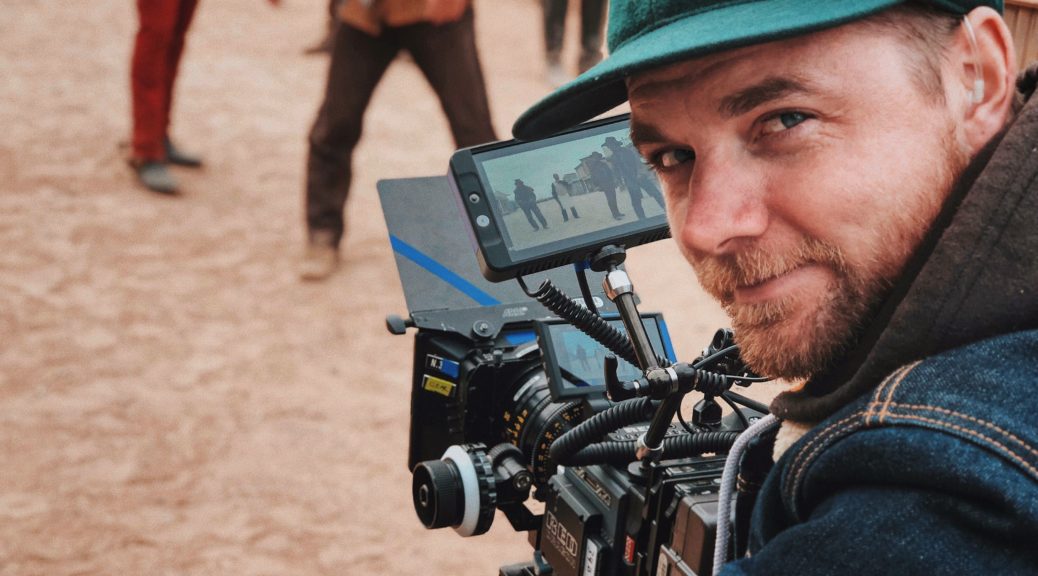After reading this article on Adweek about brands increasing interest in short film content, it got me thinking about the changing face of content production. In the age of Vine, Snapchat and Instagram where video content has been distilled to a 15 second maximum, can the general public’s attention span be captured by longer narrative content? Coming from producing music videos, I always strived to have my projects tell a story. Even though we only had a space of 3-4 minutes to do so, I always felt that it was a core importance to the medium. Conveying stories in a concise and impactful fashion is exactly what marketers need to add to their aims with their marketing efforts. In the current marketplace, every brand wants to create a lifestyle around their product. Making their branding efforts experiential helps to draw customers in and constantly keep the brand at the forefront of the customer’s mind. We can see this with the varying approaches of companies’ social media campaigns on Twitter and Facebook to stay connected to consumers on a 24/7 basis. But can brand images truly be built effectively through the limited mediums of Instagram video posts, Vine and Snapchat?
 It is easy to jump on the newest bandwagon in hopes of attracting customers with novelty and these social media platforms have an undeniable user base. It would be a grave oversight to completely overlook them. Skilled content producers can masterfully create stories within these platforms as well that can relay strong ideas. Even so, the power of the long(er)-form short film narrative is very underutilized by companies. Evoking emotions and favorably tying a company’s brand image to those emotions is a task that greatly benefits from the narrative arc available in a short film piece. Storytelling takes time to create the world that the narrative has to work within, that micro content just cannot give.
It is easy to jump on the newest bandwagon in hopes of attracting customers with novelty and these social media platforms have an undeniable user base. It would be a grave oversight to completely overlook them. Skilled content producers can masterfully create stories within these platforms as well that can relay strong ideas. Even so, the power of the long(er)-form short film narrative is very underutilized by companies. Evoking emotions and favorably tying a company’s brand image to those emotions is a task that greatly benefits from the narrative arc available in a short film piece. Storytelling takes time to create the world that the narrative has to work within, that micro content just cannot give.
While it may not be concern for all companies, depending on their product, lifestyle products must consider the short film as part of their marketing plan. As we see from the Adweek article on the subject, companies like JetBlue, Johnnie walker and Canada Goose have begun to see the brand image creation opportunities afforded by the medium. Another major company that embraced the short film is Starbucks. In their first-ever brand campaign “Meet Me At Starbucks”, they chose to commission a mini-documentary.
Broken up into separate vignettes, this short film emphasizes the feelings that Starbucks evokes in its customers rather than trying to push a specific product. As we know Starbucks has always been about creating that authentic comfortable cafe feel for its patrons, so to focus on that shows its focus on its core tenets. Effectively communicating that feel wasn’t something that could conveyed in a 15 second clip.
As marketers and content producers, the right tool must always be chosen for the job. While social media will likely always have its place in the arsenal of marketing, it shouldn’t be seen as the be all end all. Stories still need to be told and lifestyles need to be constructed around brands. A brand’s story cannot always be told in a 15 second clip, sometimes you have to go deep than that to connect with your customer. Making that deeper impression is worth the investment.

